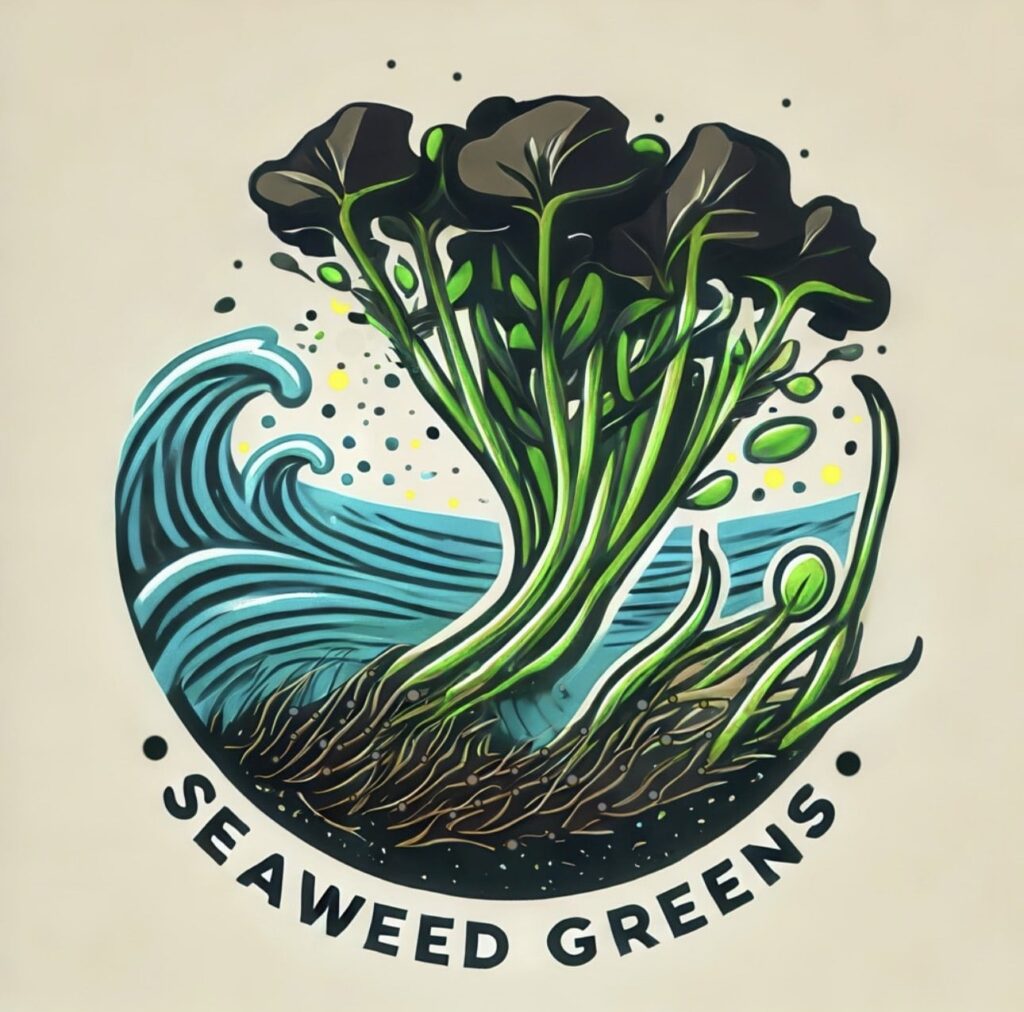Seaweed Greens Foundation

Fundraising Goal
The Seaweed Greens Foundation fundraising goal is $1 million, with an initial immediate ask for $250,000 to
launch the testing program and begin operations immediately.
Mission Statement
The purpose of the Seaweed Greens Foundation Inc. shall be to serve as a source for education, environmental research, and sustainable development focused on the recovery, recycling, and reuse of sargassum seaweed. The Foundation’s mission is to promote ocean and coastal conservation by advancing science-based methods for removing and processing hazardous algae blooms (HABs), including sargassum, into safe, organic fertilizers and soil amendments. The Organization will provide educational programs, research projects, and community outreach initiatives for schools, universities, resorts, and coastal communities.
Educational programs will address the environmental, economic, and health impacts of current practices such as burying or landfilling sargassum, and demonstrate the benefits of recycling and reuse. In addition, the Foundation will conduct and support research into environmental testing, toxin removal, air and water quality monitoring, and sustainable aquaculture applications. Research findings and data will be shared with professionals, policymakers, and the public to support improved coastal management practices and the transition to circular, zero-waste marine systems.
1. Introduction
The Seaweed Greens Foundation was established to address the growing environmental and public health challenges caused by the influx of sargassum seaweed along Florida’s coastline. Currently, the Town of Palm Beach—like many coastal communities—manages sargassum by either burying it directly on the beach or hauling it to landfills. While convenient in the short term, these methods are environmentally damaging and unsustainable. The Foundation is launching a scientific testing program to collect data that supports a permanent shift away from burial and landfill disposal toward recycling and reuse—transforming sargassum into safe, valuable organic products.
2. Current Practices and Environmental Impact
2.1 Beach Burial Sargassum is often buried directly beneath the sand, causing: – Arsenic Accumulation: Releases arsenic into sand, air, and groundwater. Over 4 ppm recorded (2.1 ppm is harmful). – Bacterial Growth: Promotes fecal bacterial and microbial blooms. – Air Quality Degradation: Hydrogen sulfide emissions cause foul odors and poor air quality. – Ecosystem Disruption: Burial disturbs turtle nesting areas, seagrass beds, and sensitive coastal habitats. 2.2 Landfill Disposal Transporting sargassum to landfills introduces risks: – Groundwater Contamination: Heavy metals leach into landfill runoff. – Air Pollution: Methane and hydrogen sulfide are released from biomass decay. – Public Health Concerns: Nearby communities are exposed to airborne toxins and odor pollution. – Wasted Resource: Valuable organic material is discarded instead of being recycled as fertilizer or compost.
3. The Need for Scientific Testing
The Foundation proposes a year-round scientific testing program focused on: – Toxin & Heavy Metal Analysis: Sampling buried and decomposed sargassum for arsenic and toxin levels at different depths. – Air Quality & Gas Emissions: Continuous monitoring of hydrogen sulfide, methane, and related gases before, during, and after sargassum events. – Bacterial Growth & Ecosystem Health: Lab analysis of fecal bacteria, impacts on turtle nesting and hatch rates, and airborne bacteria and arsenic testing.
4. Project Goals
- Establish measurable evidence of harm from burial and landfill disposal.
- Support ordinances phasing out harmful practices.
- Promote recycling and repurposing into organic fertilizers.
- Build public awareness of responsible sargassum management and coastal ecosystem protection.
5. Funding Purpose
- Weekly field sampling and lab analyses.
- Air and water testing equipment.
- Qualified scientists and technicians.
- Quarterly reports for the Town of Palm Beach and state agencies.
- Data sharing with research institutions and partners.
- The program will run for one year, capturing seasonal variations and providing a comprehensive environmental
profile.
6. Conclusion
The Seaweed Greens Foundation’s testing initiative is a crucial first step in transforming Palm Beach’s approach to sargassum management. By replacing burial and landfill disposal with recycling and reuse, Palm Beach can protect beaches, wildlife, and residents while leading Florida in sustainable coastal innovation. Scientific testing is the bridge between awareness and action.
With reliable data and proper funding, Palm Beach can move:
- From pollution to preservation
- From waste to resource recovery
- From short-term fixes to long-term coastal health
We invite your support in turning the tide on sargassum—together, we can fund the science, solutions, and action needed to protect Palm Beach’s coastlines for generations to come.
Camilla Webster

